Grand Forks finally to receive flood aid from Feds, Province
More than a year after Grand Forks experienced a flood of the century, federal and provincial governments have stepped up to the plate with $50 million for an important flood mitigation project in the Regional District of Kootenay Boundary community of Grand Forks.
Wednesday, Honourable François-Philippe Champagne, Minister of Infrastructure and Communities, and Jennifer Rice, B.C.’s Parliamentary Secretary Responsible for Emergency Preparedness, joined hands to offer support to the hundreds of residents in the flood-stricken Ruckle area.
“As Grand Forks continues to recover, this flood mitigation funding will help the community find a safer path forward,” said Jennifer Rice, British Columbia Parliamentary Secretary for Emergency Preparedness.
“The Province has been working alongside the local government from the start of this emergency, and we will continue to stand with Grand Forks into the future.”
In May 2018, spring thaws caused flooding along the Granby and Kettle rivers, devastating residents, businesses and households. By reclaiming and repurposing property in the City’s most flood-prone neighbourhoods, moving residents to a safer area, and constructing new flood mitigation systems to better manage flood waters, the community will be able to better protect its residents and businesses from future flooding.
The project also involves reinforcing approximately 1,300 metres of river bank along the Johnson Flats channel, re-establishing a natural flood plain in North Ruckle and building new retention ponds in South Ruckle. A total of more than 2.3 kilometres of road and trail dykes will be constructed or reinforced in strategic areas to manage flood waters within the City and by the railway tracks.
“These measures to mitigate flooding and take people out of harm’s way in Grand Forks will go a long way in ensuring the devastating impacts of 2018 are not felt again,” said The Honourable François-Philippe Champagne, Minister of Infrastructure and Communities.
“This project will help protect families and their properties while also creating jobs and laying the groundwork for a strong sustainable economy and future for the community.”
The City of Grand Forks estimates that once complete, the project will increase the flood resilience of over 800 residents during spring thaws and other extreme weather events. The project is also expected to reduce the number of residents who go without essential services during flooding by 45 per cent and will provide long-term savings in recovery and replacement costs.
“We’ve come together to support the flood affected residents of Grand Forks after the flooding in 2018,” said Brian Taylor, Mayor of the City of Grand Forks.
“Despite the challenges, the resilience of our people has shown that we can and will recover. Thank you to the senior levels of government that continue to support our community with this new funding.”
The Government of Canada is investing over $19.9 million, the Government of British Columbia is providing more than $28.9 million, and the City of Grand Forks is contributing $1 million to this project through the Disaster Mitigation and Adaptation Fund.
“Over the last year, the Boundary Flood Recovery team has worked tirelessly to secure funding for flood recovery and risk reduction for future floods,” Roly Russell, Chair of the Regional District of Kootenay Boundary, said.
“The partnerships we forged and built to accomplish this have been vital and extremely helpful, particularly with our provincial and federal government partners.
“Special thanks to those Provincial representatives that went above and beyond their regular duties to help build these communities back better, such as Parliamentary Secretary Jennifer Rice and her dedication of time and energy to help make our communities safe and to support our vulnerable populations.”
Quick facts
- The Disaster Mitigation and Adaptation Fund (DMAF) is a $2-billion, 10-year program to help communities build the infrastructure they need to better withstand natural hazards such as floods, wildfires, earthquakes and droughts.
- DMAF is part of the federal government’s Investing in Canada infrastructure plan, which is providing more than $180 billion over 12 years for public transit projects, green infrastructure, social infrastructure, trade and transportation routes, and rural and northern communities.
- Investing in green infrastructure that helps communities cope with the intensifying effects of climate change is an integral part of Canada’s transition to a more resilient, low-carbon economy, which is among the commitments made under the Pan-Canadian Framework on Clean Growth and Climate Change.
- Budget 2019, Investing in the Middle Class, is the government’s plan to create better well-paying jobs, put homeownership within reach of more Canadians, help working people get the training they need to succeed, support seniors, and lay the foundation for national pharmacare.
- With many municipalities across Canada facing serious infrastructure deficits, Budget 2019 proposes a one-time transfer of $2.2 billion through the federal Gas Tax Fund to address short-term priorities in municipalities and First Nations communities.


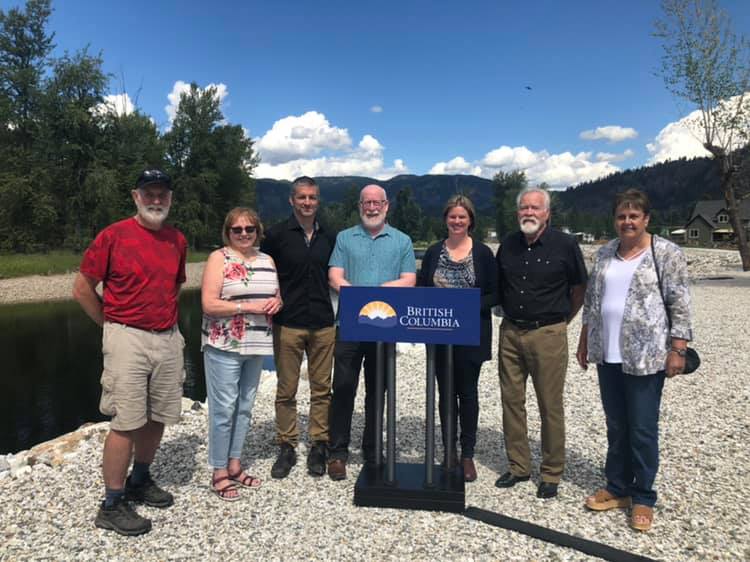
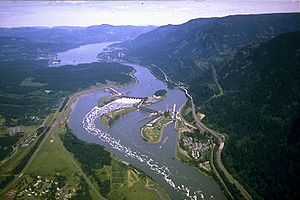


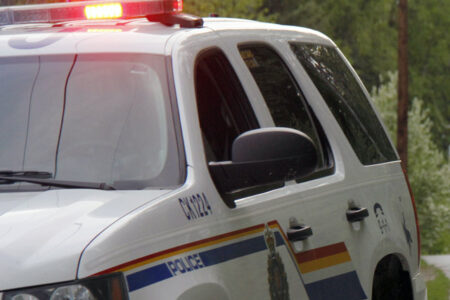
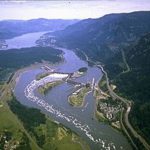

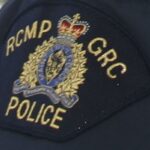

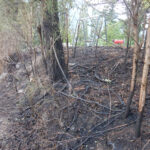




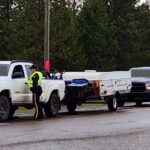




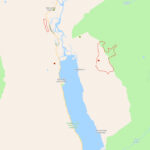




Comments